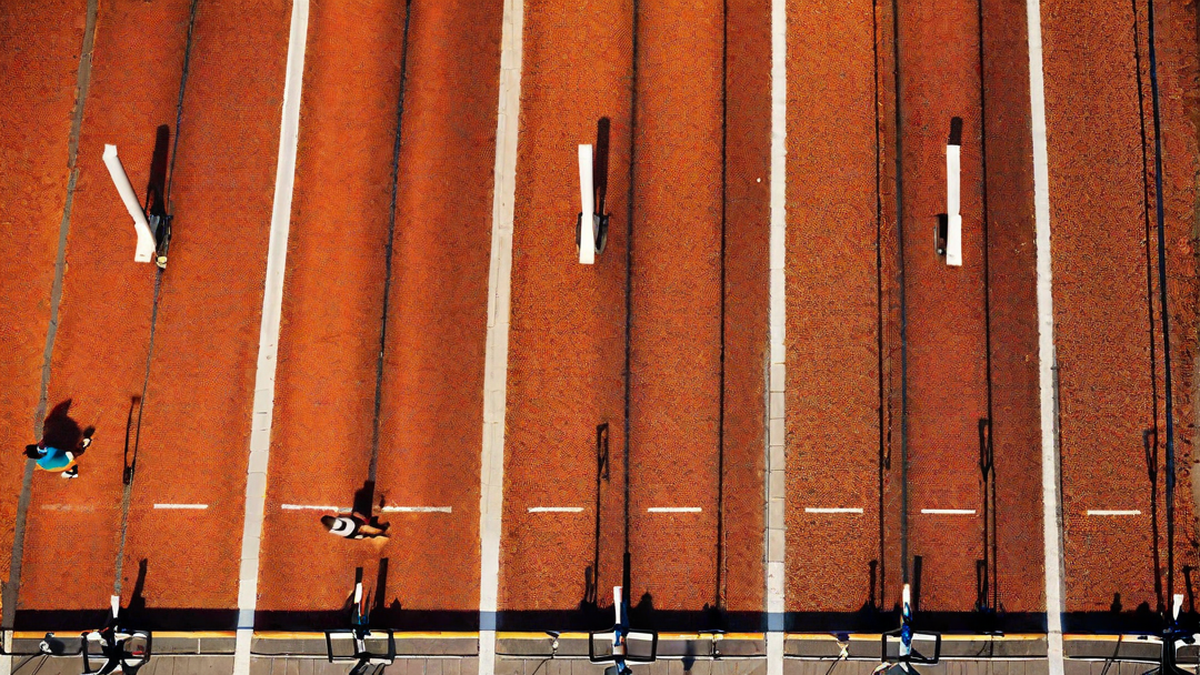When it comes to running, one of the key factors to consider is stride length. Your stride length refers to the distance covered in a single step. It plays a crucial role in your running efficiency and performance. But what exactly is a good stride length for running in meters? Let’s dive deep into this topic and explore the factors that influence stride length.
First and foremost, it’s important to understand that stride length is not a one-size-fits-all concept. It varies from person to person based on factors such as height, leg length, and running experience. As a runner myself, I have learned that finding the optimal stride length is a personal journey.
As a general guideline, a good stride length for running in meters is usually around 1.2 to 1.5 times your leg length. This helps ensure that you fully utilize your body’s natural biomechanics and minimize the risk of injury. However, it’s important to note that this range may vary depending on factors such as your running speed and terrain.
When determining your ideal stride length, it’s crucial to strike a balance between efficiency and comfort. A stride length that is too long can lead to overstriding, which means your foot lands too far in front of your body. This can increase the risk of injuries such as shin splints and knee pain. On the other hand, a stride length that is too short may result in inefficient energy transfer and slower running pace.
To find your optimal stride length, it’s helpful to work on your running form and cadence. Focus on maintaining an upright posture, engaging your core, and landing mid-foot. A higher cadence, i.e., the number of steps per minute, can also help improve your stride length. Aim for a cadence of around 180 steps per minute, as this has been found to be optimal for many runners.
Additionally, incorporating strength and flexibility exercises into your training routine can help improve your stride length. Exercises such as lunges, squats, and calf raises can strengthen the muscles involved in running, allowing for more efficient and powerful strides. Flexibility exercises like dynamic stretches and yoga can help improve your range of motion and enable you to take longer strides.
It’s worth mentioning that your stride length may vary depending on the type of running you are doing. For example, during sprints or shorter distance races, you might naturally have a slightly longer stride length to generate more power. Conversely, during long-distance running, a slightly shorter stride length can help conserve energy and maintain a steady pace.
Ultimately, finding a good stride length for running in meters requires a combination of self-awareness, experimentation, and listening to your body. Pay attention to how your body feels during your runs and make adjustments accordingly. It’s always a good idea to consult with a running coach or a sports specialist for personalized guidance.
In conclusion, there is no one-size-fits-all answer to what constitutes a good stride length for running in meters. It varies from person to person based on individual factors and preferences. To find your ideal stride length, focus on maintaining good running form, optimizing your cadence, and incorporating strength and flexibility exercises into your training routine. Remember, the key is to find a stride length that feels efficient, comfortable, and helps you reach your running goals.

